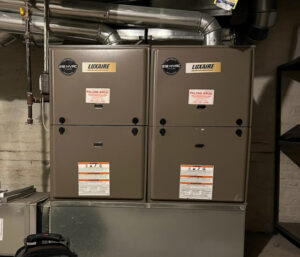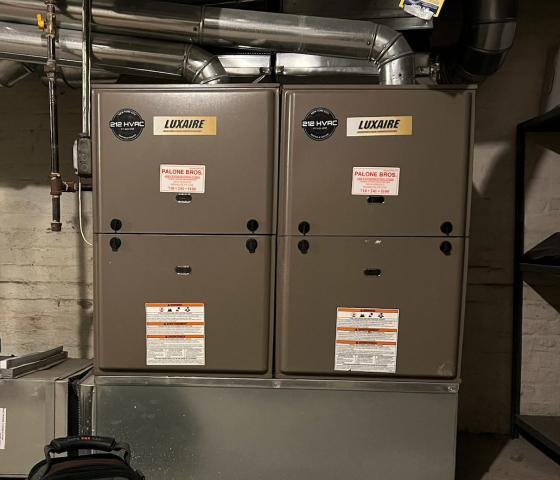If you have a furnace that’s not working, there are a few things you can do yourself to diagnose the issue. These include checking the batteries and cleaning the furnace. Additionally, you should check for a blown circuit breaker and a gas leak in the pipeline. Finally, you should check the fuses in your furnace.
A number of problems can occur with a furnace. For example, if the furnace does not produce enough heat to keep your home warm, it might be because the air filter has gotten dirty or is clogged. If this is the case, you should clean it. Typically, the air filter is located at the furnace’s intake. Some furnaces even have built-in filters. However, if these problems still persist, call a professional immediately.
Another common furnace problem is a broken or clogged blower motor. The blower motor is a major component, moving heated air throughout the house. When this component is damaged, it can cause the fan to stop working properly. A broken or inoperable fan limit switch can also cause the blower to stop. In addition, a malfunctioning blower compartment door could prevent the blower from working properly.
Newer gas and electric furnaces often feature a diagnostic code that can help you diagnose the problem. This code is indicated by a blinking light on the furnace’s control panel. If you can identify this code, you can then contact an HVAC company for further assistance. The technician will be able to determine what needs to be done and will then determine the most effective way to repair the problem.
Another common problem with a furnace is a loud clicking noise. This may be a sign of a malfunctioning ignition system. Alternatively, the fan belt may be squealing. If this is the case, it may be time to clean or replace it. Regardless of the cause, identifying problems with a furnace is essential to prevent costly repair bills later on.
Most furnaces make some noise throughout the operation cycle. However, if the noise becomes louder during a cycle, it may be a sign that mechanical elements are loose and require a tune-up. Moreover, if the furnace suddenly stops making any noise, there is a good chance that it has a more serious issue lurking underneath.
You can clean a furnace’s flame sensor yourself by following a few simple steps. First, remove the furnace cover to access the flame sensor. If there is any dirt, corrosion, or soot on the sensor, you can clean it with steel wool. Once the sensor has been cleaned, reinstall it in the burner housing. After you have cleaned it, you should reconnect the flame sensor’s wire and secure the access panel with mounting screws and retaining knobs.
A dirty or corroded flame sensor can cause a fire alarm to fail. Since the sensor is constantly in contact with flame, it collects dust, particulates, and carbon deposits. The wirings of the sensor are very sensitive, and the smallest collections can trigger a fire alarm. Cleaning the flame sensor’s wires is a simple process.
A dirty flame sensor can interfere with the functionality of the furnace’s burner. Dirt and carbon buildup can clog the sensor rod, which inhibits its ability to detect a flame. A dirty flame sensor can also result in the burner going out and the furnace not working properly. To clean it, you should remove the rod and clean the sensor with steel wool or fine sandpaper. Make sure that you turn off the power to your furnace before performing the cleaning.
Cleaning a furnace’s flame sensor is a simple process that can extend the service life of your heating system. You should check the flame sensor every few seasons and clean it as necessary. Make sure that it is free of soot, dirt, and residue. If the sensor is still not working properly, you may need to replace it.
Gas leaks in the pipeline occur when too much pressure is exerted on the pipe. To prevent gas leaks, stronger pipes should be used. When working on a gas line, it is crucial to wear protective gear such as gloves and a mask. You should call a professional who is equipped with the proper tools to repair the leak. The leak may also be caused by impurities or rust. To prevent further damage, it is important to clean the pipeline. Sandpaper can be used to level the pipe’s surface, and acetone can be used to wash away the impurities.
